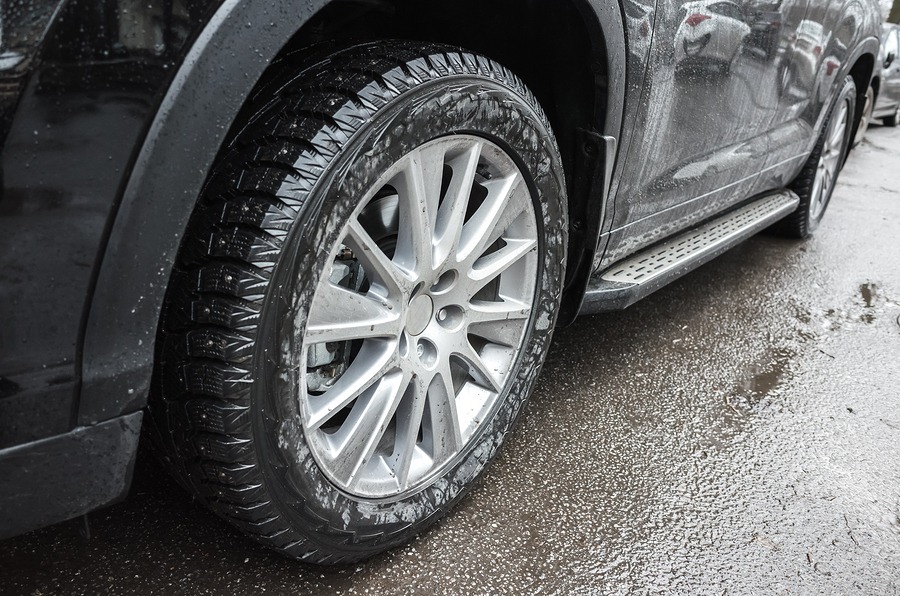As has been said many times before, Salt Eats Cars. But how? And why? What can you do about it? We’re going to answer all of those questions in our article about road salt and what it means for your car.
Salt or Sand?
This is a long-standing argument, and every town has taken a different side. Each option has its own pros and cons:
| Salt | Sand |
|---|---|
| Works above 12 degrees F | Only provides traction; doesn't affect snow and ice |
| Questionable environmental impact | Needs to be reapplied during snowstorms |
| Melts snow and ice effectively | Excessive amounts of sand can be a problems in the spring |
| NaCl is mined from underground deposits |
Why is salt so bad for my car?
It’s not that the salt is bad for the car; the salt and the water together are bad for your car. In layman’s terms, the presence of the salt in the water accelerates the natural process of rusting that happens when iron comes into contact with water and air. This is also why giving your car a rinse-off isn’t sufficient in the winter.
For those among you who are more science-minded, this article goes into detail.
Even though not all car bodies are made of metal, there are still many parts that are. Splash Guards under the fenders of your car keep a lot of the salt water out, but there are many exposed elements in your undercarriage. These are often the first places to rust as they are generally not protected at all. That’s why it’s a good idea to have an undercarriage treatment at a tunnel car wash every time you wash your car.
What can I do to prevent damage?
Anything that forms a barrier between saltwater and your car is a preventive measure. If you park your car on the street, invest in a car cover. At the very least, invest in a buff and wax. Buffing your car before waxing is always a good idea, as it removes most scratches, as well as dirt and grime that aren’t removed by a good wash. Having as smooth a surface as possible when you apply your wax will help it to last as long as possible and give your vehicle’s body the best protection. The wax itself will allow the salt water to run off your car quickly without the opportunity to assist in oxidization.

Regular washing is also important, because there are metal parts of your car that aren’t covered by wax: your gas tank, your undercarriage, and your frame, to name a few. Just going to the car wash isn’t enough. Keep in mind these important tips to get the most out of your wash:
- Wash your vehicle at least every 10 days.
- Don’t wash your vehicle if it’s below 35 degrees out.
- Make sure you go through a tunnel wash that has a good undercarriage treatment.
- Don’t scrimp – get the good wash!
Remember, even though winters in New England are tough at the best of times (and they’re predicting a particularly tough one this year), it doesn’t have to be as tough on your car.
Stay Safe this Season!
Salt or Sand?
This is a long-standing
